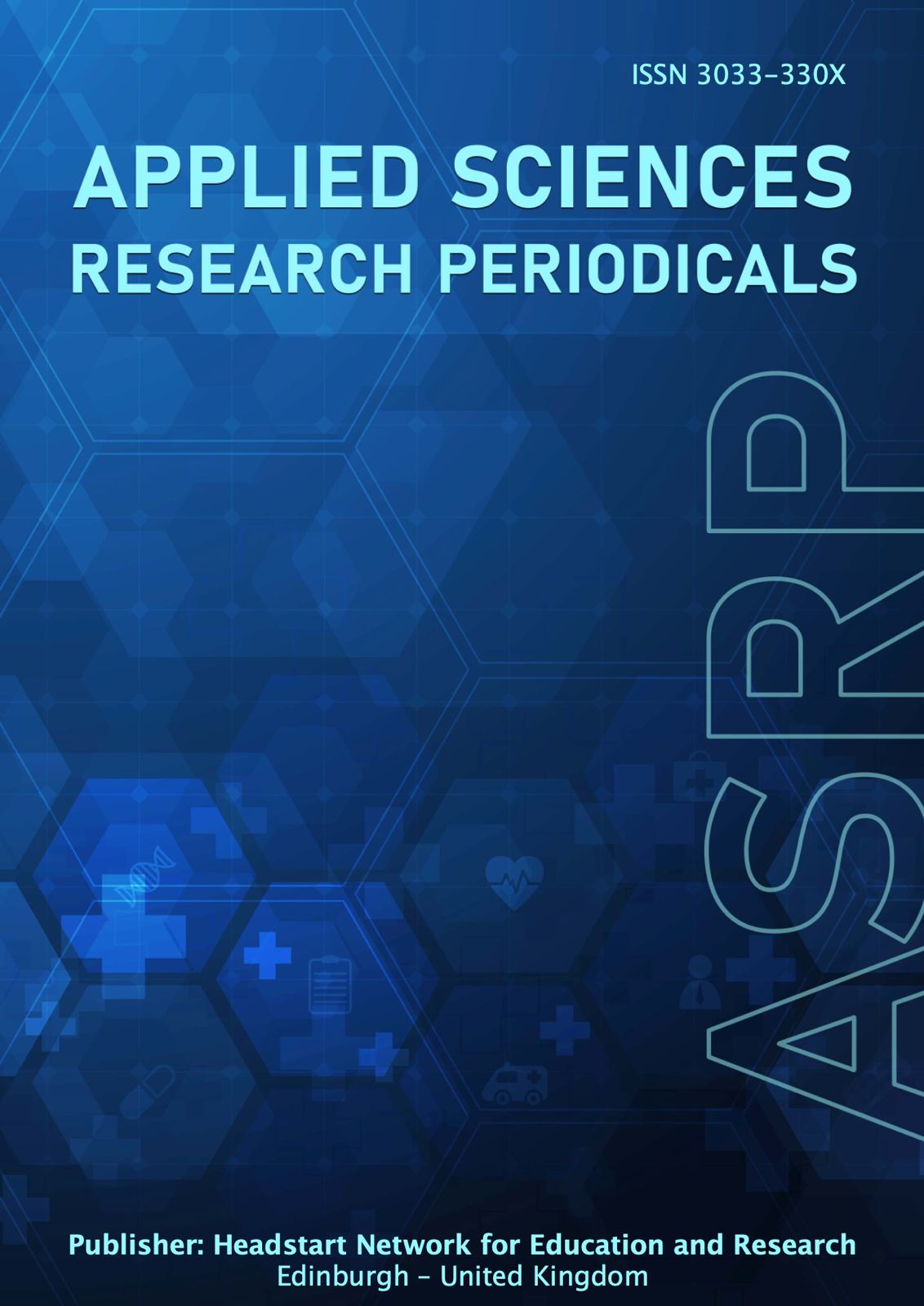Determination of the Effect of Malaria Parasite in Pregnant Women Attending Selected Health Facilities in Port Harcourt, Rivers State
DOI:
https://doi.org/10.63002/asrp.305.1071Abstract
The study which aimed at determining the effect of malaria on pregnancy was conducted among pregnant women using peripheral blood and microscopy in Obio/Akpor Local Government Area of Rivers State.. The study was carried out between September 2022 and November 2022. A total of three hundred pregnant women were sampled for malaria parasites infection using thick and thin film smears. The result showed a prevalence of 21.66% (65/300). It was found that women in their first pregnancy had the highest prevalence of 35.0% (35/100) with age range of 26 – 30 years. Highest prevalence of 11.66% (35/300) was also recorded among women in their first trimester. Haematological parameters were analyzed using standard methods. Overall, the moderate reduction in haemoglobin concentration and packed cell volume (PCV) in patients were higher in second and third trimester than the first trimester with a lower level (p>0.05). There was no significant differences observed in the subjects with respect to the trimesters. There was a significant rise in neutrophils and a decrease in lymphocytes in all subjects irrespective of the trimester. The raised neutrophils count is attributed to febrile conditions that accompanies malaria especially in pregnant women. It is deduced that most of the cases of malaria observed from the study is due to unverified presence of malaria parasite at the time of antenatal registration. In line with this, it is therefore recommended that pregnant women adhere to prophylasis where necessary to reduce the possible effects of malaria in pregnancy. There is also need for people need for public enlightenment periodically.
Downloads
Published
Issue
Section
License
Copyright (c) 2025 Isomah, Chiladi Jeff, Oyeniran, Oluwayoyin, Adamu Kabiru

This work is licensed under a Creative Commons Attribution 4.0 International License.





